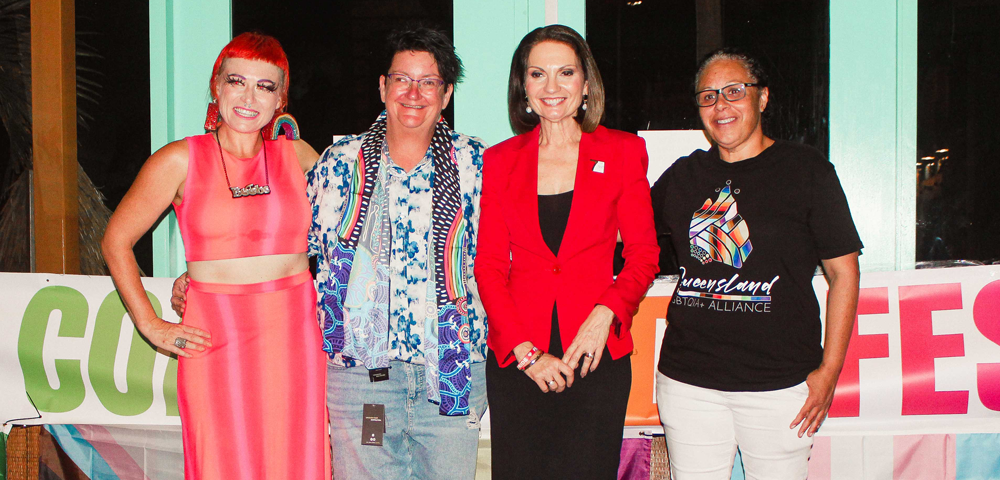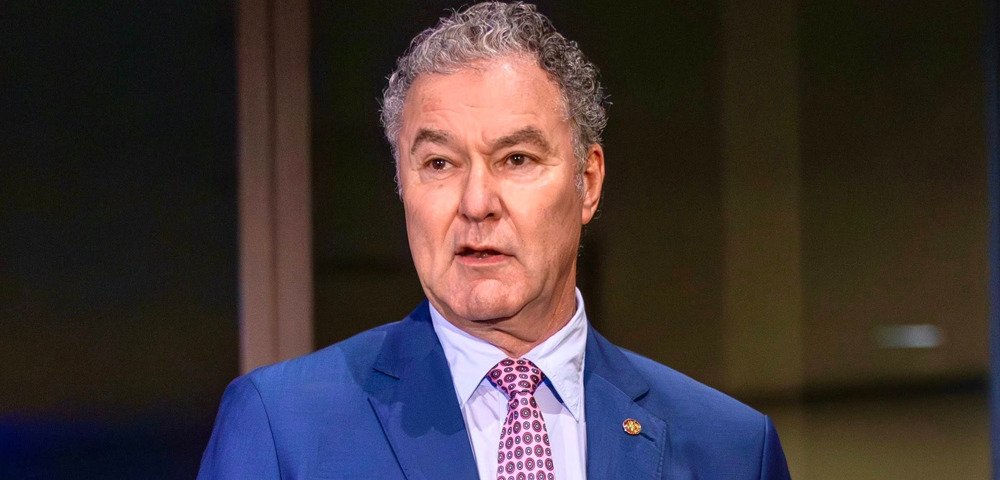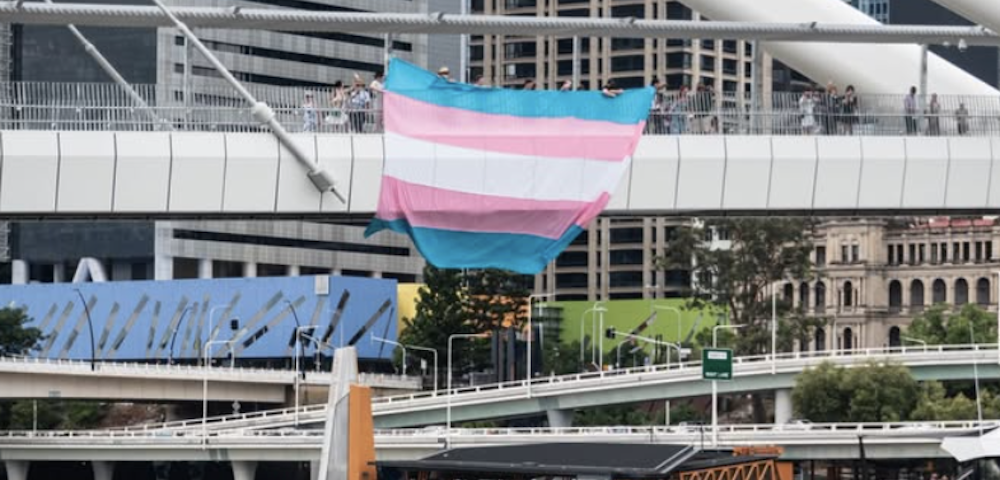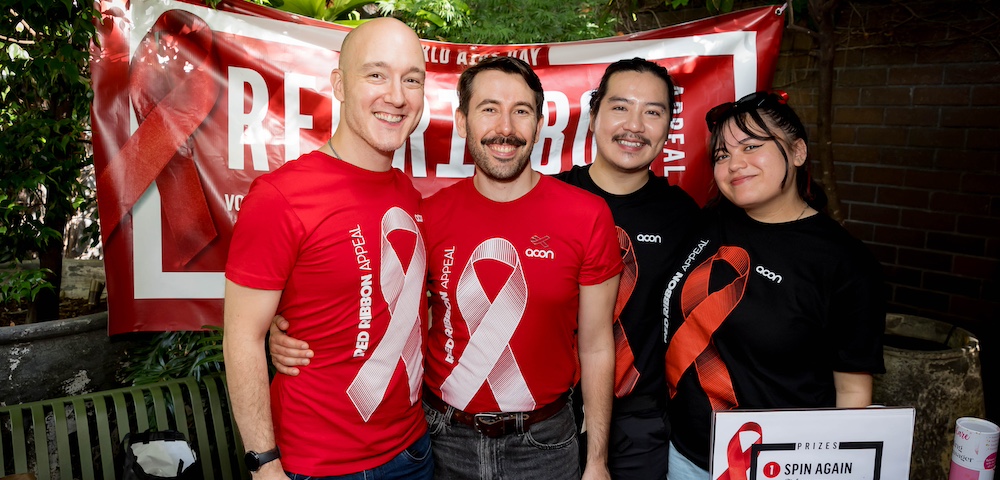
How a diverse and inclusive workplace can tackle employee burnout

Creating a workplace environment where employees can bring their whole selves to work leads to higher levels of staff productivity and lower levels of staff turnover.
It’s a simple premise, but one we know to be true.
As we see more and more organisations creating LGBTI-friendly working environments, our LGBTI employees are making the benefits clear: they feel comfortable and included, which in turn is a win for our organisations and our community.
However, even the most LGBTI-friendly organisations struggle when it comes to the productivity levels of their employees, and turnover is without question on the rise. So what is really causing talented workers to lose focus and drive, and in many cases, walk?
Some facts: we are all working longer hours than we once did, we expect more from ourselves and from our staff than ever before, and high job demand has become the new normal.
But when it comes to getting the best from staff, and when it comes down to keeping talent, this is not the issue.
Could it be less about the work, and more about the way it is distributed? Could it be that while our cultures are becoming more inclusive, we are still failing our employees?
Research suggests so, and shows us that toxic team environments, systematic bullying, and remote, often isolated work projects are the growing causes for workplace stress and burnout.
Sustained exposure to such environments and stressors is real, and results in even the most resilient of employees reaching breaking point.
The global economy has estimated the annual cost of burnout to be in excess of $450 billion, and the World Health Organisation (WHO) has predicted a global pandemic within the decade. Not to mention the cost to our people, and our community.
It is time we pay attention.
Burnout often goes unnoticed by leaders, which can make it difficult to recognise, and it is also often misunderstood.
Some cases land in the performance issue category – not where they belong. Research shows that many organisations have focused on burnout to protect their profits, by placing blame on individual employees for lowered performance, rather than making adequate adjustments to safeguard against stress and build psychologically safe workplaces.
This aforementioned kind of action directly contradicts everything that diversity and inclusion initiatives stand for, as we work together toward contributing to environments where talent thrives.
Raised awareness in this space means mindful leaders can address the pandemic head on, ensuring staff productivity levels can return, before talent walks.
Equipping our leaders to recognise the signs of burnout, and to engage in initiatives that enhance the wellbeing of employees is a good start.
It is time we shift our organisations to a more compassionate culture, through leadership training and ongoing pulse checks, moving to a more wholistic and human way to do inclusion.
Lin Surch is Founder and Director of Beyond Gender, Australia’s national community based diversity consultancy firm, providing agile support to organisations who are navigating the ever changing world of inclusion.
Beyond Gender specialises in compassionate leadership training, trans and gender diverse inclusion, LGBTI resilience, and the intersectionality of diverse faiths, sexualities, and genders. For more information go to www.beyondgender.com.au.









